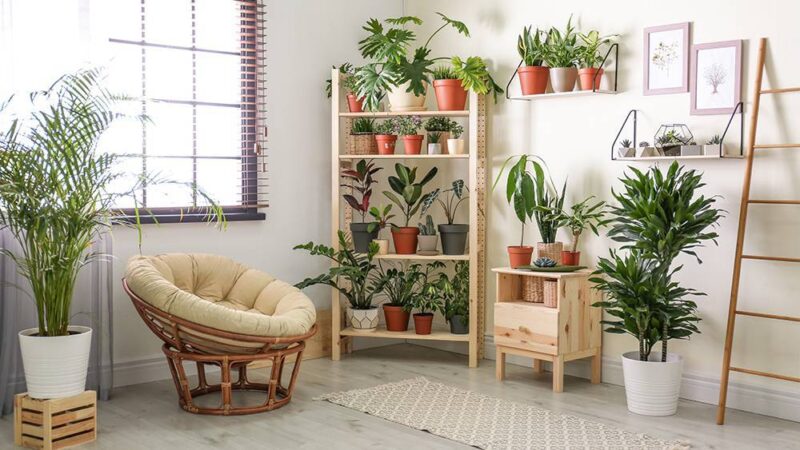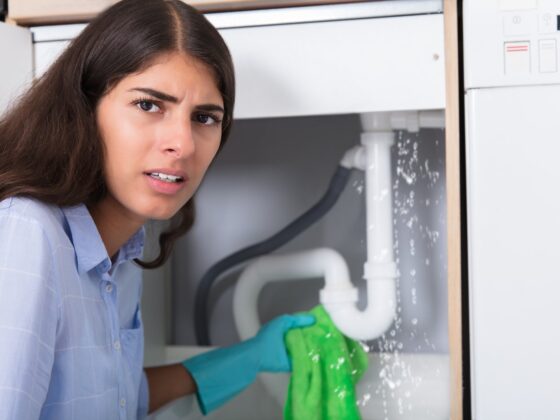Gardening indoors has its own unique set of challenges. One of the most common issues faced by indoor gardeners is maintaining the right level of humidity. Plants need a specific range of dampness to thrive, and getting this wrong can spell disaster. Fear not, as this comprehensive guide will show you practical, DIY solutions to keep your indoor garden happy and healthy.
Use a Humidifier
If you have a larger collection or need a more consistent humidity level, a plant humidifier is a great investment.
Ultrasonic humidifiers are quiet and energy-efficient. Place the humidifier near your plants but not directly on them to avoid waterlogging.

Mist Your Plants
Misting is the simplest way to increase humidity. Use a spray bottle filled with water to mist your plants regularly. This mimics the natural moisture plants would get from dew or light rain.
Mist tropical plants daily, and others as needed. Mist in the morning to allow leaves to dry before nightfall, reducing the risk of mold.
Use a Humidity Tray
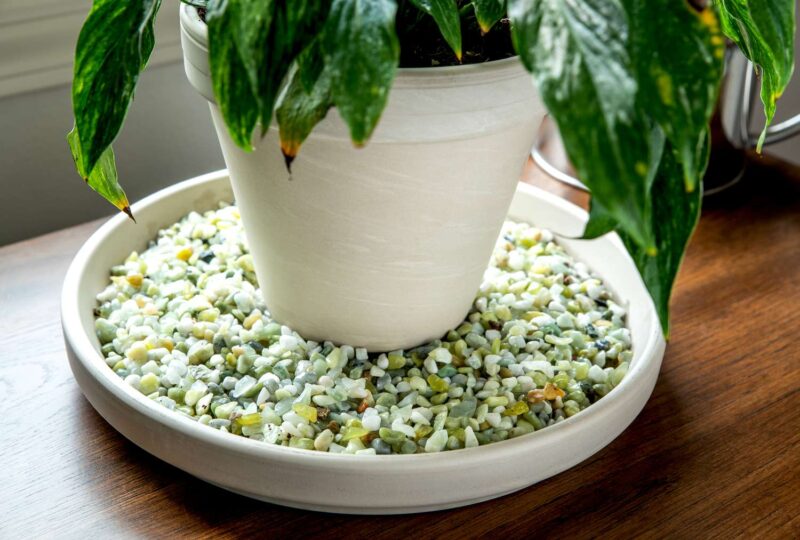
A humidity tray is an easy DIY project. Place a shallow tray filled with pebbles and water under your plant pots. As the water evaporates, it increases the humidity around the plants.
- Materials Needed: Shallow tray, pebbles, water.
- Instructions: Fill the tray with pebbles, add water until it just covers the pebbles, and place your pots on top.
Place bowls near heat sources or windows where evaporation will be more effective. Refill the bowls regularly to keep the humidity levels consistent.
Group Your Plants Together
Plants naturally release moisture through transpiration. Grouping them together creates a microenvironment with higher dampness.
Place humidity-loving plants together to maximize this effect. Ensure there’s still enough space for air circulation to prevent mold.
Create a DIY Greenhouse
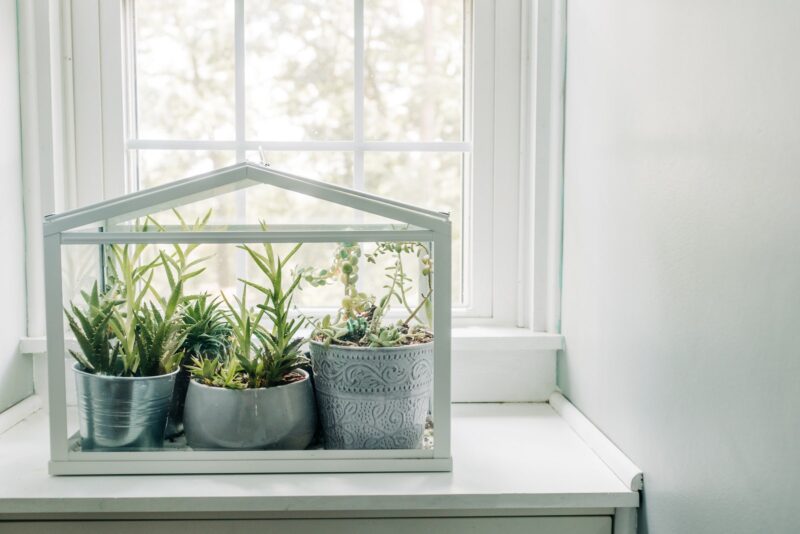
A mini greenhouse can be made with simple materials. This solution is perfect for smaller plants or seedlings that need extra dampness.
- Materials Needed: Clear plastic container or plastic wrap, stakes.
- Instructions: Cover the plants with a plastic container or wrap, ensuring some air holes for ventilation.
Shower Your Plants
For a quick humidity boost, take your plants into the bathroom while you shower. The steam from the hot water will temporarily raise the dampness.
Do this a couple of times a week. This method is temporary and should be supplemented with other long-term solutions.
Maintaining Optimal Humidity
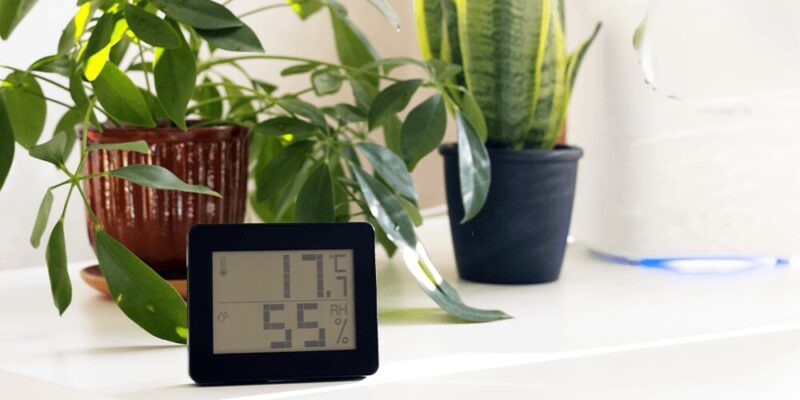
This will keep your plant alive for longer. Here is how you do it:
Monitor Humidity Levels
Use a hygrometer to measure the humidity levels in your indoor garden. This tool is inexpensive and provides real-time data.
Most houseplants thrive in humidity levels between 40-60%. Adjust your methods based on the readings to maintain a consistent environment.
Adjusting for Seasons
Humidity levels naturally fluctuate with the seasons. In winter, indoor heating can dry out the air significantly.
- Winter: Use more active methods like humidifiers or frequent misting.
- Summer: Natural humidity is often higher, so you might need fewer interventions.
Avoid Over-Humidifying
Too much dampness can lead to mold, mildew, and pests. Ensure proper ventilation and air circulation to prevent these issues.
Use a combination of methods and monitor your plants’ health. Use fans if needed to keep the air moving and prevent stagnation.
Common Mistakes and How to Avoid Them
Overwatering

Confusing humidity needs with watering needs can lead to overwatering, which causes root rot and other problems.
Check soil moisture before watering. Use a moisture meter to ensure you’re not overwatering.
Ignoring Ventilation
While increasing dampness, don’t forget about air circulation. Stagnant air can lead to mold and pests.
Use fans or open windows regularly to keep the air moving.
Inconsistent Practices
Plants thrive on consistency. Sudden changes in humidity can stress them out.
Establish a routine and stick to it. Regularly check and adjust your methods as needed.
Conclusion
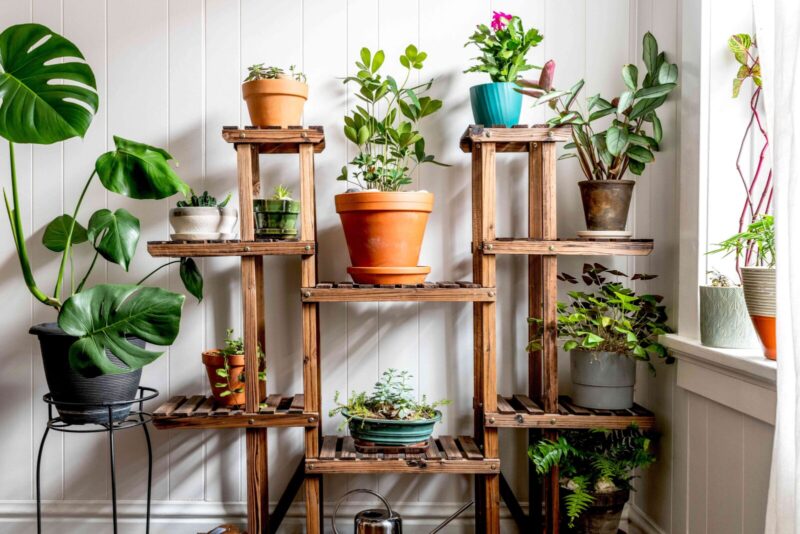
Creating the perfect humidity for your indoor garden is a blend of art and science. By understanding your plants’ needs and using these DIY solutions, you can maintain a healthy, thriving indoor garden. Remember, the key is consistency and monitoring. With these tips, you’ll turn your indoor space into a lush, green haven.
